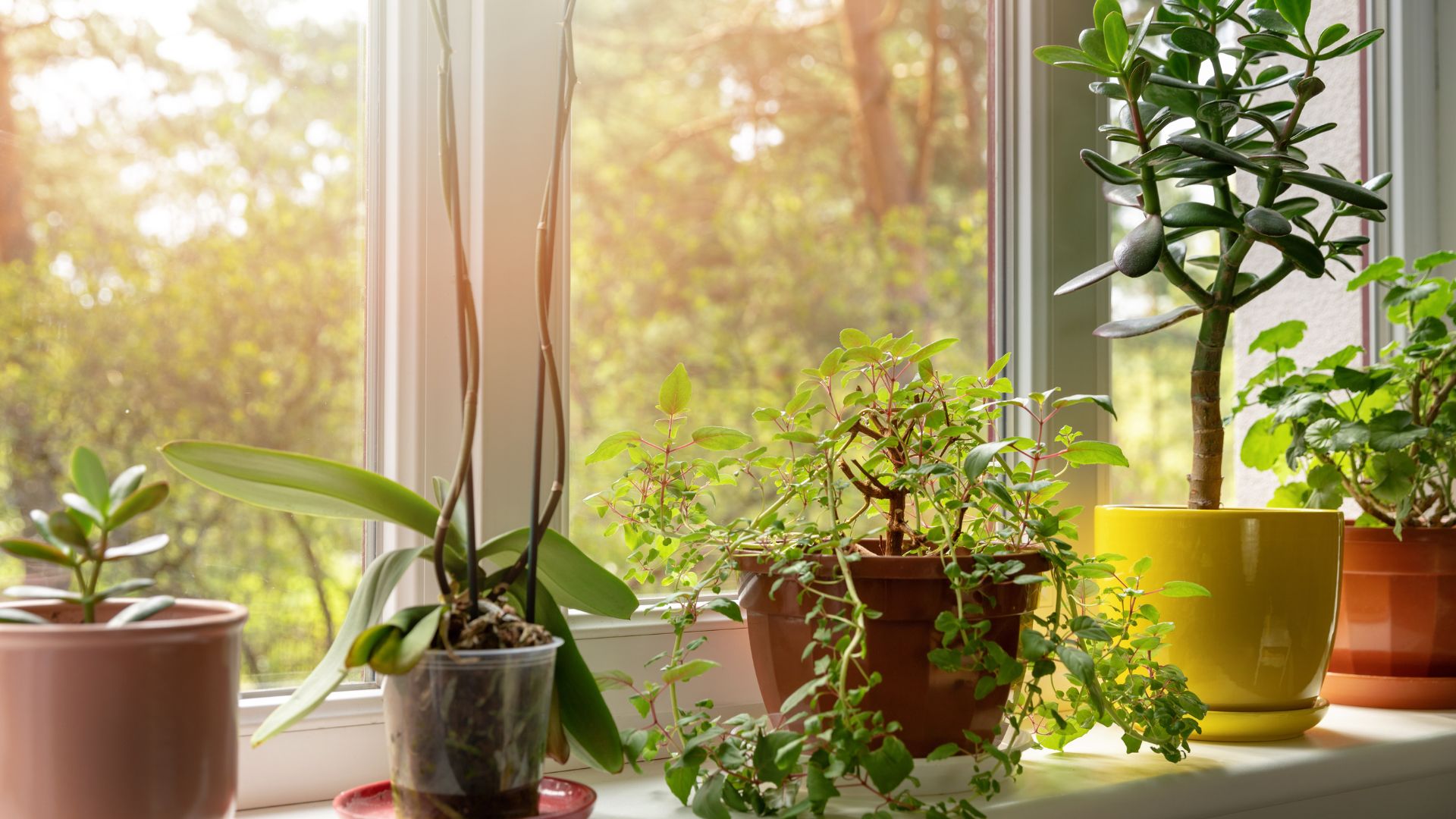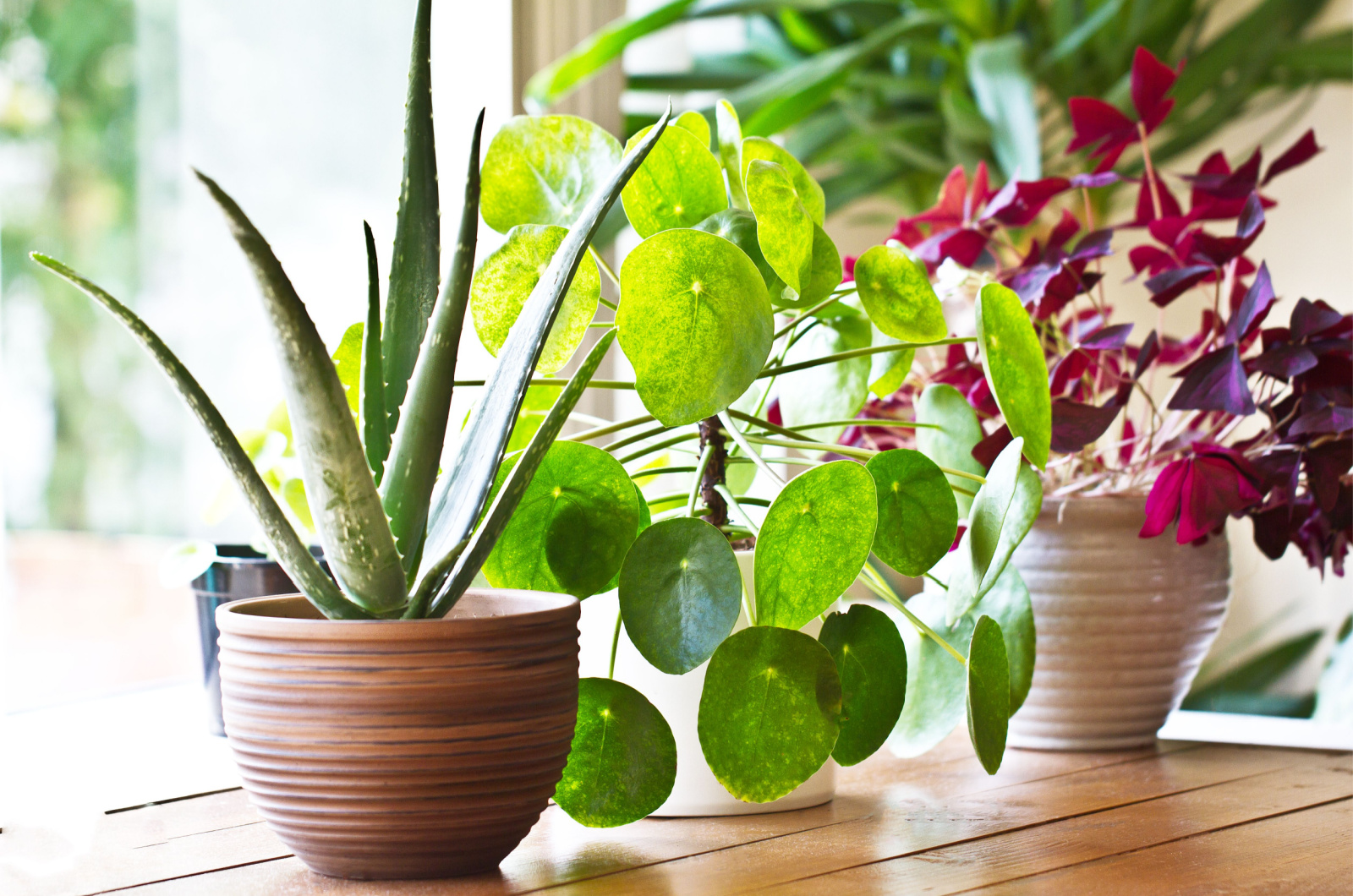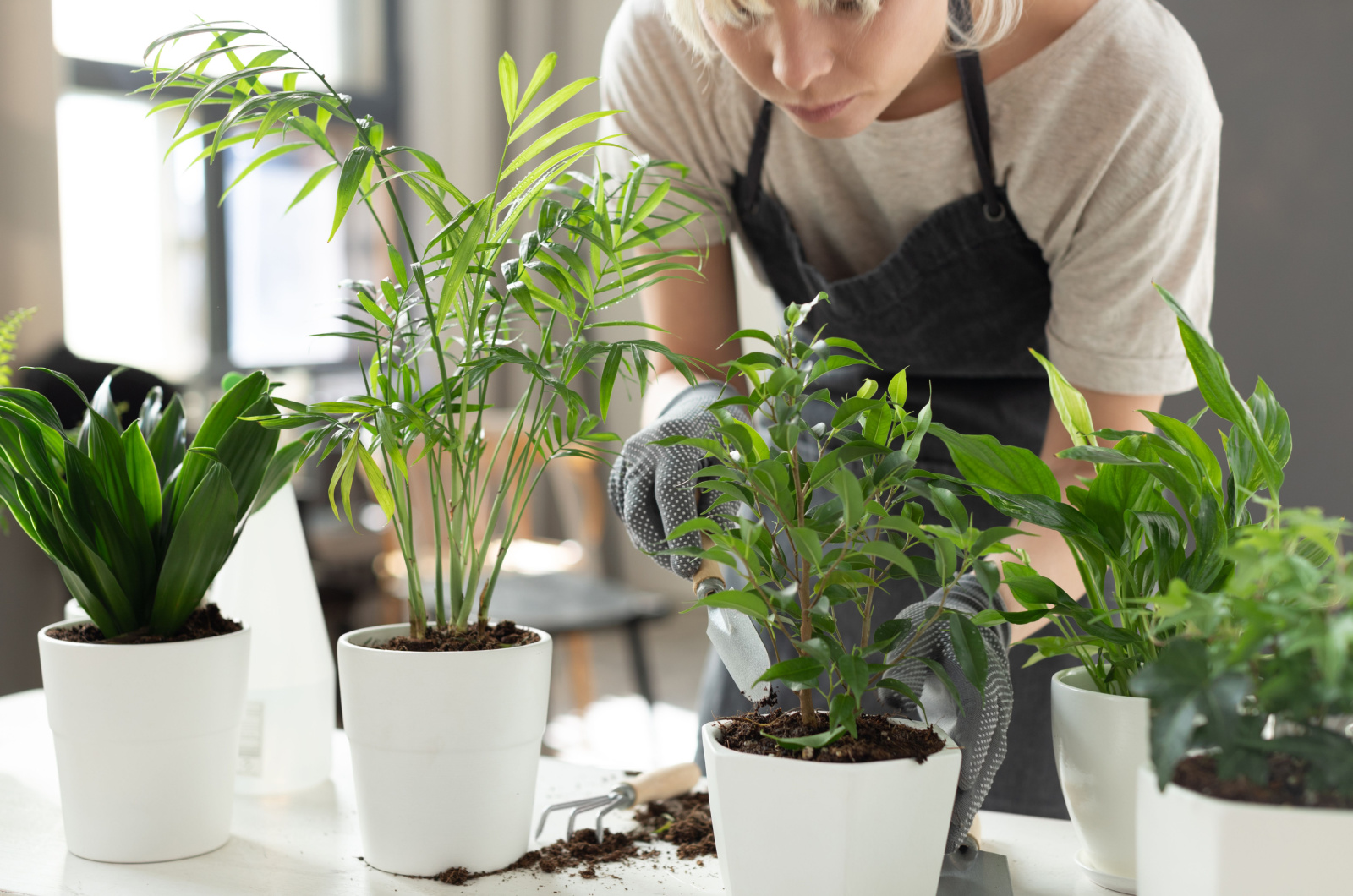Taking your plants inside over winter is a normal progression for perennials that aren’t suited for freezing temperatures.
However, these plants may harbor pests and bugs that will infest your whole house. That’s why it’s important to debug them before they make their grand entrance through your front door.
Remove all the pests you can see on your plants and in their soil before you carry them over the threshold.
Some pests overwinter in their dying foliage or soil, and can spring back to life when you introduce them to your home’s warmth. Therefore, be vigilant, inspect your plants carefully, and make sure you’re not introducing anything that could harm your indoor garden.
Let’s see how you can achieve that!
The Best Time To Bring Your Plants Indoors
It is crucial to know when to take your plants inside to overwinter. If you bring them in too early, you deprive them of the sunlight and airflow they require before they enter dormancy. And if you wait too long, you risk frost and harsh weather damaging their cells.
The best technique is to monitor the weather forecast and history, and take your plants inside approximately 2 weeks before the first fall frost in your region.
Experts from your local nursery can also help you.
These two weeks will give you plenty of time to inspect your plant for any signs of disease, pests, and stress, and it will serve as an adjustment period for your green buddy.
You can deal with these issues outdoors without risking the health of your other plants. It will also allow your stressed plant to heal faster because it will have more light, photosynthesize more effectively, and produce enough energy to sustain itself during this trying time.
This two-week period will allow you to deal with pest infestations in time. That way, you won’t be introducing these nuisances to your home and other plants you might have.
How To Get Rid Of Pests Before Taking Your Plants Inside
Debugging plants before overwintering them indoors is not a task you should take on lightly because it can have dire consequences.
First, remove all fallen plant material which can provide shelter to pests. Prune the diseased, discolored, or dried foliage because they, too, can hide pests.
Then, inspect the undersides of foliage because that’s where insects like to hide. You can remove them by spraying them with water (strongly).
Your next step should be cleaning the soil or repotting your plant into a fresh one because that’s a lot easier. And don’t forget to clean the pot as well, just to be sure.
If you want to clean the soil rather than change it, you should soak it and small bugs will come to the surface in most cases. Once that happens, you can easily remove the pests and then spray your entire plant with an organic insecticide just in case.
Some growers like to use mulch for potted plants, such as cedar shavings because they are thought to repel pests due to their fragrance, but I haven’t had much success with it.
But you can try it and see whether it works for you. It won’t hurt your plant.
And once you complete these steps, your plant should be ready to be taken indoors over winter.



